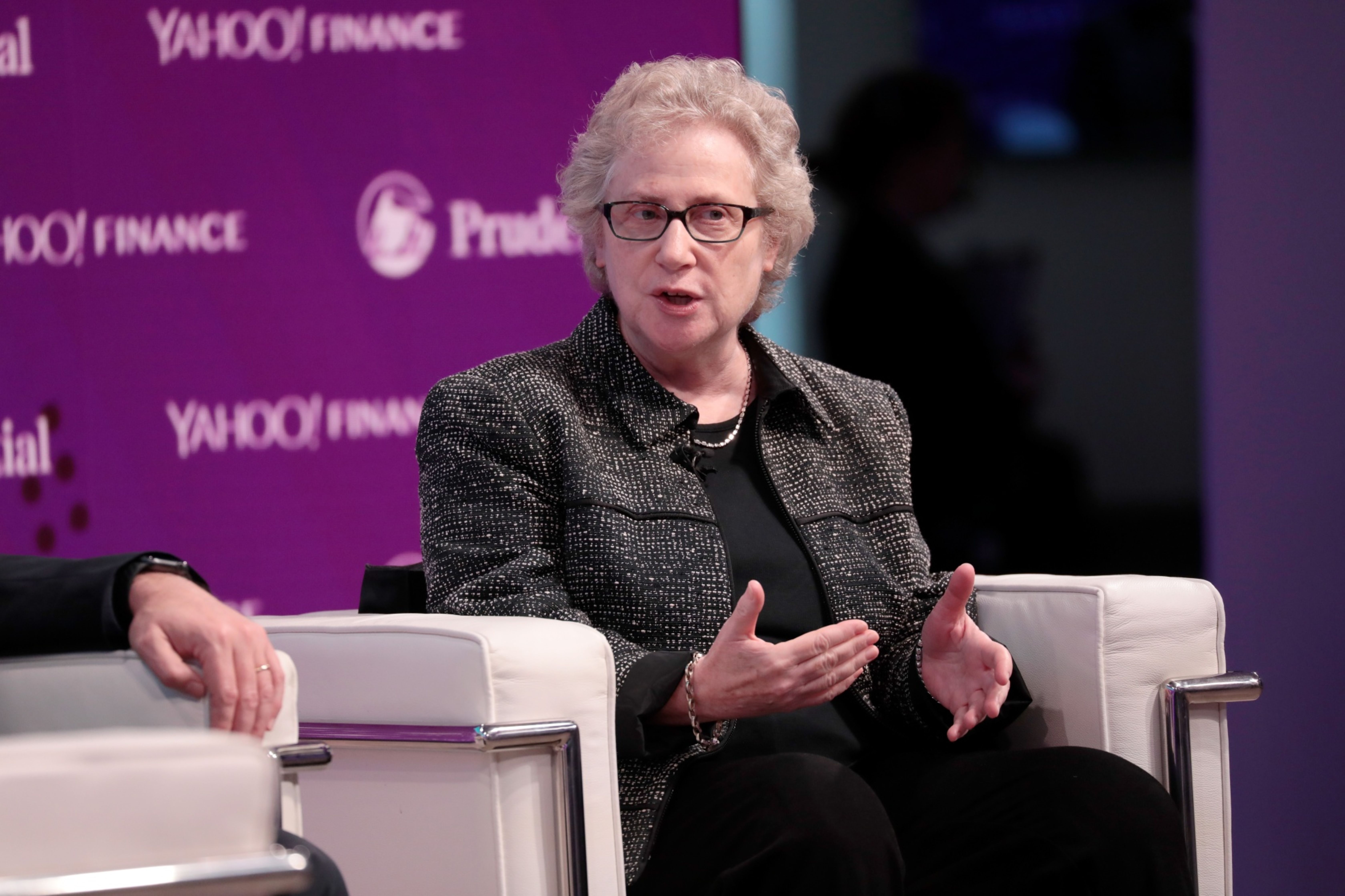In a year in which Russia’s invasion of Ukraine is sending shock waves through global politics and markets, inflation is soaring worldwide and supply chains are unraveling, the largest investors are assessing the long-term consequences of the events they didn’t see coming.
We asked three market visionaries about the next big risk in the coming five to 10 years: Abby Joseph Cohen, the former Goldman Sachs Group Inc. strategist known for bold market calls who now teaches at Columbia University; FTX Chief Executive Officer Sam Bankman-Fried, who’s boosting his charitable and political giving while his cryptocurrency exchange is becoming a lender of last resort in his industry; and Ken Moelis, the billionaire whose investment bank advises some of the world’s largest companies.
Their comments have been edited for length and clarity.
Fading American Dream
ABBY JOSEPH COHEN
Columbia Business School professor and former Goldman Sachs Group Inc. senior investment strategist
The secret sauce for US growth has been that we’ve had strong population growth and strong gains in the labor force. I’m concerned about that right now.
One of the reasons the US economy has outperformed the economies of other developed nations for the last 30 or 40 years has been that we’ve had faster labor force growth. It’s a very simple arithmetic equation: More workers, more GDP. And in the US we have been very dependent on immigration. That’s not new. This has been a nation of immigrants since its founding. If we’re not viewed as welcoming to talent from around the world, we’ll have a problem going forward in terms of long-term growth.
When we look at the information from individual companies and industries, we see that there is a labor shortage at all ends. We all know, for example, that right now one of the reasons behind the rise in service inflation has to do with an inadequate number of workers at airports, in hotels, in restaurants and so on.
I spent a lot of time looking at the other end. Do we have enough new scientists? Do we have enough new engineers? Do we have enough new doctors? And the answer is: No, we don’t.
Keep in mind you have to also create a pipeline, right? The students who are now K-12 are the future pipeline of scientists and engineers and doctors. And we’re not doing a very good job with them right now in terms of their skills.
The promise of the American dream has to be defined. And that is: Is every generation doing better than the previous generation? Does every new family in the US have the opportunity to do better than their parents did? And what we have seen over the last 30 or 40 years is that median household income in the US adjusted for inflation has not risen.

Abby Joseph Cohen (Bloomberg)
That is a problem. It creates a sense of political discord. It creates a sense of unease among people in the US. And it is worrisome because we have to think about how we get out of this.
One way is to focus on the industries that we think can create good paying jobs, and to protect our workers in that way. The standard role of 19th century, early 20th century protectionism — accomplished through tariffs and so on — it’s a Band-Aid. It doesn’t really fix the long-term problem of staying ahead of the curve, making sure that the industries that you’re supporting are creating jobs. And those jobs are paying well enough that individuals and households feel they are moving forward and not falling behind.
Investment comes from the government, but also from private enterprise. And we have seen that private companies in many industries are very actively investing in the future. They’re investing in cap-ex. They’re investing in research and development. And they’re now investing — because of tight labor markets — in worker training to try to reduce attrition and increase the skill set of their workers. All of that is terrific.
Many economists, myself included, believe the so-called golden era of the 1950s, 1960s US economy was linked to our willingness to invest heavily in the future. As a percentage of GDP, we were dramatically above every other nation, we were No. 1 in that category for a century. We no longer are. There are almost a dozen other countries that are outspending us relative to their own GDP. That to me is worrisome.








